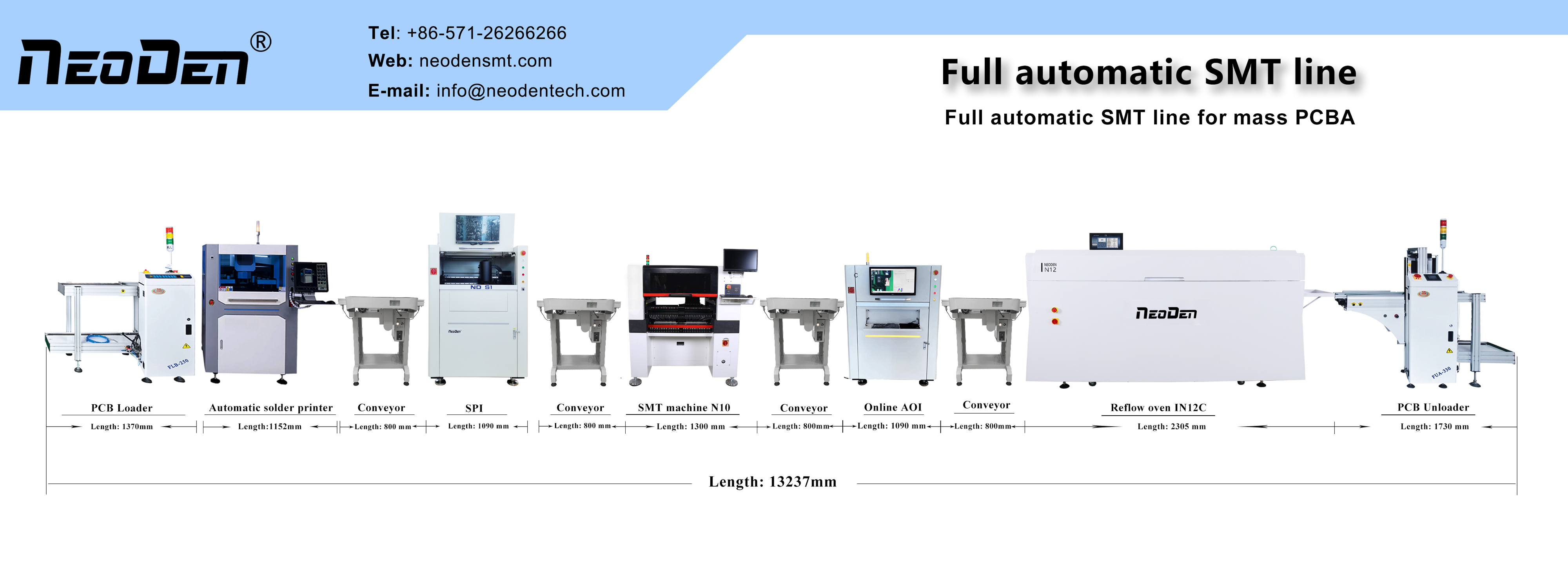PCB wiring design, for the improvement of cloth through the rate of a complete set of methods, here, to provide you with PCB design to improve the rate of cloth through the rate of design efficiency and effective techniques, not only for customers to save the project development cycle, but also to maximise the quality of the finished design.
1. Determine the number of PCB layers
Circuit board size and wiring layers need to be determined at the beginning of the design. If the design requires the use of high-density ball grid array (BGA) components, it is necessary to consider the minimum number of wiring layers required for the wiring of these devices. The number of wiring layers and the stack-up method have a direct impact on the wiring and impedance of the printed wires. The size of the board helps determine the stack-up method and the width of the printed wires to achieve the desired design.
It is always assumed that the fewer the layers of a board, the lower the cost, but there are many other factors that affect the manufacturing cost of a board. In recent years, the cost difference between multilayer boards has been greatly reduced. It is better to start the design with more layers of circuitry and to spread the copper evenly to avoid being forced to add new layers near the end of the design when a small number of signals are found to be out of compliance with the rules and space requirements that have been defined. Careful planning before the design will reduce the wiring in a lot of trouble.
2. Design rules and restrictions
Different signal lines have different wiring requirements, to classify all the special requirements of the signal line, different design categories are not the same. Each signal class should have priority, the higher the priority, the stricter the rules. The rules relate to printed wire width, maximum number of vias, parallelism, signal line interactions, and layer limitations, which have a significant impact on the performance of the cabling tool. Careful consideration of the design requirements is an important step in successful wiring.
3. Layout of components
In order to optimise the assembly process, design for manufacturability (DFM) rules impose restrictions on component layout. If the assembly department allows component movement, the circuit can be optimised appropriately, making it easier to automate the wiring. The defined rules and constraints affect the layout design.
Routing channels and via areas need to be considered during layout. These paths and regions are obvious to the designer, but the automatic wiring tool will only consider a signal at a time, by setting the wiring constraints and set the layer of the signal line can be cloth, you can make the wiring tool can be like the designer envisioned that the completion of the wiring.
4. Fan-out design
Fan out in the design stage, to enable automated wiring tools to component pins to connect, surface mount devices, each pin should be at least one hole, so that in the need for more connections, the board can be connected to the inner layer, in-circuit testing (ICT) and circuit reprocessing.
In order to make the automated wiring tool the most efficient, it is important to use the largest possible via size and printed wire, with spacing set at 50 mils being ideal. Use the type of vias that maximises the number of routing paths. When designing for fan-out, consider in-circuit testing. Test fixtures can be expensive and are often ordered when full production is imminent, and it is too late to consider adding nodes to achieve 100% testability.
After careful consideration and anticipation, the design of circuit in-circuit testing can be done early in the design process and realised later in the production process, with the type of via fan-out determined by the wiring path and circuit in-circuit testing, with power and grounding also influencing the wiring and fan-out design. In order to reduce the inductive impedance generated by the filter capacitor connection line, the over-hole should be as close as possible to the pins of the surface mount device, if necessary, can be used to manually route, which may have an impact on the original conception of the wiring path, and may even lead to you to reconsider the use of which type of over-hole, it is necessary to consider the relationship between the over-hole and the pin inductive impedance and to set the priority of the over-hole specifications.
Quick facts about NeoDen
① Established in 2010, 200+ employees, 8000+ Sq.m. factory
② NeoDen products: Smart series PNP machine, NeoDen K1830, NeoDen4, NeoDen3V, NeoDen7, NeoDen6, TM220A, TM240A, TM245P, reflow oven IN6, IN12, Solder paste printer FP2636, PM3040
③ Successful 10000+ customers across the globe
④ 30+ Global Agents covered in Asia, Europe, America, Oceania and Africa
⑤ R&D Center: 3 R&D departments with 25+ professional R&D engineers
⑥ Listed with CE and got 50+ patents
⑦ 30+ quality control and technical support engineers, 15+ senior international sales, timely customer responding within 8 hours, professional solutions providing within 24 hours
Post time: Aug-22-2023

